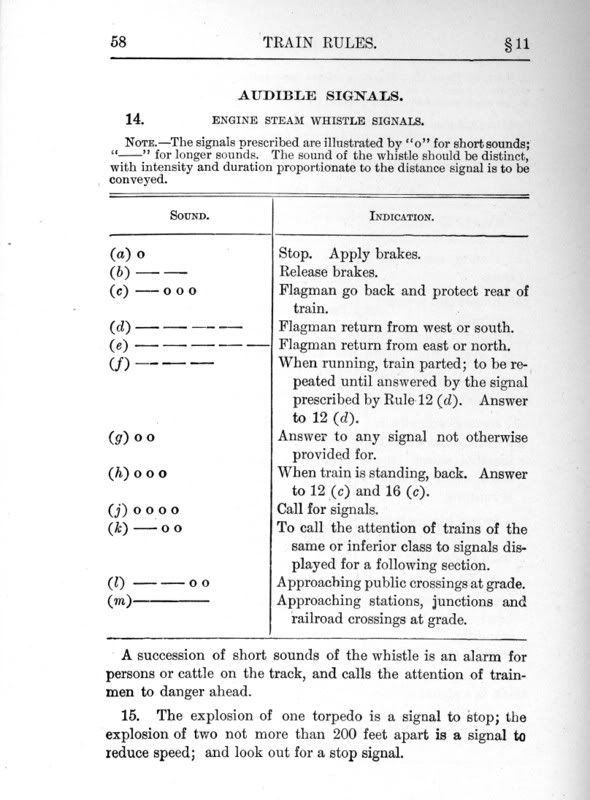
Here's a strange photo of a whistle post, with the "engraved" symbol for the Morse letter "Q" which we all recognize as the universal sound for a grade crossing warning. These posts, with grooves providing a direct visual clue, instead of the easily-recognized "W", are more prevalent in the South than in the North East, from my limited experience.
But some confused (or unschooled) MOW worker has painted the whole thing white, including the grooves that are supposed to be black. Now, it's just a nice white post with some grooves in it.
I suppose supervising RR workers, like any other trade, is like herding cats. You never know what they'll do next. Or maybe he came back after siesta and painted the black parts.







